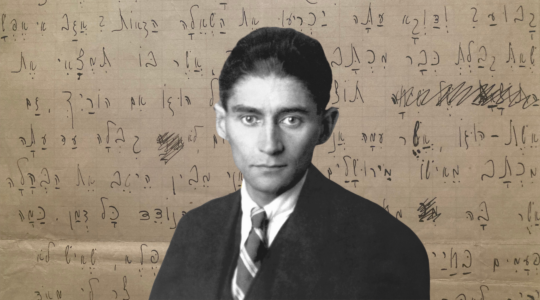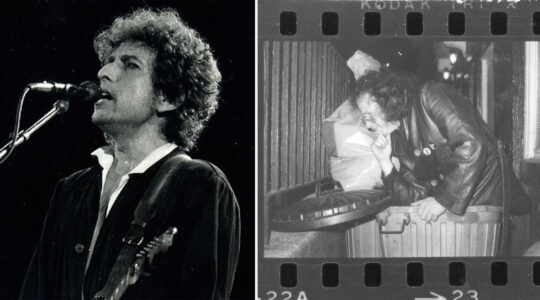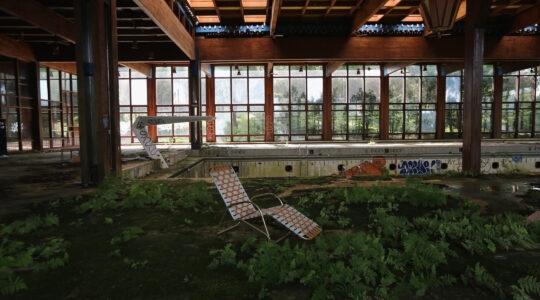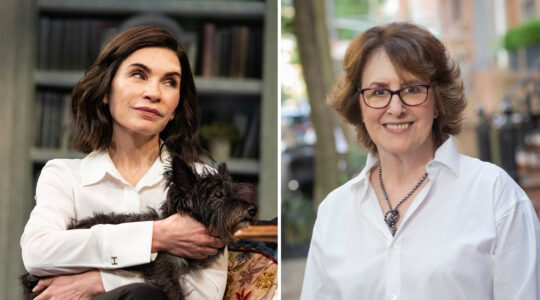Last May the JTA interviewed Alysa Stanton, a Hebrew Union College rabbinical student who insisted she never set out to be the world’s first African-American female rabbi. But that’s what she’ll become after her June 6 ordination at the Reform seminary’s Cincinnati campus.
In contrast to last year, when she seemed a bit overwhelmed by her new status as a role model for young black Jews in America, she now speaks confidently of what her ordination means.
“I represent the new face of Judaism, a new era of inclusiveness,” she told the JTA by phone Sunday. “I’m honored to have this opportunity, and I’m thankful to my God for making it happen.”
Stanton never chooses the easy path. A convert and single mother of an adopted daughter, 14-year-old Shana, she has been hired by Congregation Bayt Shalom in Greenville, N.C., a 53-member Conservative synagogue that also is affiliated with the Reform movement. So along with the usual settling-in challenges, she’ll be dealing with the politics of a merged congregation.
That’s OK with her, though. After 16 years as a psychotherapist specializing in trauma and grief, she’s well equipped to deal with personal conflicts.
“I look forward to embracing the commonalities we share,” she says with some delicacy.
About 20 percent of American Jews are racially or ethnically diverse, according to the San Francisco-based Institute for Jewish and Community Research, yet they are greatly underrepresented at the community’s leadership level. There are a handful of African-American congregational presidents, but none who are rabbis of majority white congregations. Stanton will be the first.
Asked whether any Jews of color belong to her new congregation, Stanton jokes, “Yes, me and Shana.” But, she adds quickly, there are many intermarried families, so there is outreach work to be done.
Institute associate director Diane Tobin sees Stanton’s ordination as an important step in mitigating the marginalization felt by many Jews of color.
“There are so many who do not identify with the mainstream Jewish community,” she says. “As more people like Rabbi Stanton come along as role models, others will see themselves better reflected in the community.”
In this era of universalism, young Jews of any color find an ethnically diverse Jewish community more appealing than the older, Ashkenazi-centric model, Tobin suggests. “Especially with Obama as president, it’s particularly exciting for younger Jews to see themselves as part of a global religious community,” she says.
Meanwhile, Stanton is packing up her Cincinnati home for next month’s move to North Carolina, and bracing for a week of interviews scheduled to begin Monday.
“It’s back to back all week,” she says. “I knew this day would come, and ‘Baruch Hashem,’ it’s here.”
JTA has documented Jewish history in real-time for over a century. Keep our journalism strong by joining us in supporting independent, award-winning reporting.





